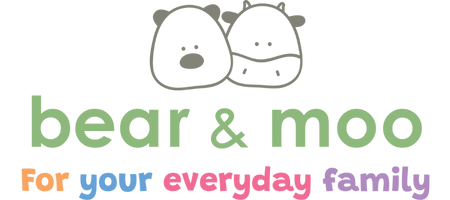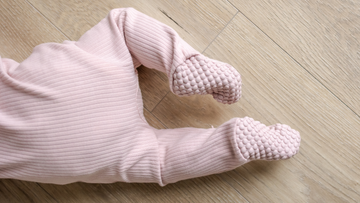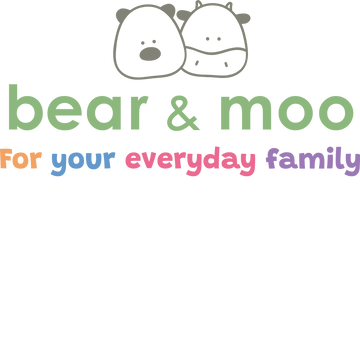What does play based learning look like in your classroom?
Our school is really amazing in the way play is at the heart of our learning journey. We fully believe and recognise that play is the highest form of learning.
In our learning space, we set up provocations for the children that could be lead by their own interests or a topic/celebration within the community (Chinese new year, pink shirt day etc). We change these weekly/fortnightly or as we see a need and then we have staples that remain all year (different building materials, role play items, drawing/colouring etc. We always try to have a literacy and numeracy-based provocation to support the skills we are teaching in our small group lessons. It is ultimately their choice where they choose to go to play and what they engage in.
Our day is made up of play and within that beautiful exploration time we incorporate reading, writing and maths. In my classroom, I work alongside two amazing Kaiako and together we have decided that minimal interruptions to LTP is best for our tamariki so we choose to combine our literacy programs (reading and writing) and teach these to small groups once a day, meaning the children have little disruption to their learning through play. They are essentially playing for two and a half hours with one group learning session with a teacher in that time. The children have access to a large classroom space with breakout rooms for if they want to explore more quiet play, an outside space they can freely use and a room we call a makerspace where they can go and be creative – baking, messy play, painting, crafting, you name it! Each day we have a teacher who roams and support play while the other 2 take their small learning groups.
What does play based learning look like at home?

Beau is just shy of 2 and a half so all we do is play! I would like to say I put the same effort into my home space as I do for school but that is not my reality. We have a big cupboard filled with toys and resources for Beau but I keep some staples out and accessible to him all the time for example – a shelf of books, a set of wooden animals, a box of building materials, puzzles and some cars. If he wants anything in particular, we will go to the cupboard and get it out. He is really into cars and trucks so we are currently doing a lot of racing, making ramps and building car washes out of duplo. Through our play he is developing counting strategies, number identification, patience, sharing, letter identification, fine motor skills, oral language and so much more! He has a great imagination already and loves to make things into something else – a duplo block into an ice-cream, or a box into a phone and I fully foster that in him. I want him to be able to have fun with what he has available and use his imagination, that’s a huge part of play! It is continuing and developing at home and I endeavour to include more play options at home.
How can parents support play based learning for their child?
It’s so much easier than you think! The first step is to be open minded. When you understand the beauty of play and how absolutely fundamental it is to learning you can really explore it in your home. The literacy and numeracy skills that a lot of us were taught behind a desk are there waiting to be learnt in play!
Loose parts:
Having a basic collection of materials is really helpful and doesn’t have to be expensive. Loose parts are a great way to encourage imaginative and explorative play as loose parts can represent anything a child wants! For example; a gem could be treasure, money, candy, food – anything they want. The $2 have some amazing resources in the craft section you can collect as loose parts (gems, mini fences, paper cups, material) otherwise natural loose parts like shells, stones, rocks, driftwood and acorns are also amazing.

School aged:
School ages children (5+) can do a lot of amazing learning through play that supports and builds on their literacy and numeracy knowledge. Let’s pretend we set up an amazing provocation about the supermarkets. Here are some of the things your child could be learning/doing:
Role play grocery shop
- Literacy through writing shopping lists
- Pincer grip and fine motor skills practice
- Oral language skills
- Negotiation and turn taking with different roles
- Counting objects when adding things to their basket
- Number identification from the cash register buttons
- Adding/subtracting with play money
These are just a few of the many skills they are using/practicing when engaging in meaningful play. As a parent you can facilitate this wonderful play by having the items available to enhance the play (pens, paper etc).
When we allow opportunities to learn through play we are supporting trial and error, giving children the opportunity to problem solve and build a growth mindset. We are fostering their interests and helping them to develop an incredible range of skills!
--
Courtney McCulloch is a Waikato based teacher and Mum to Beau, with a passion for play based learning. You can follow her on Instagram at @mrs_macs_mind for more play ideas.






